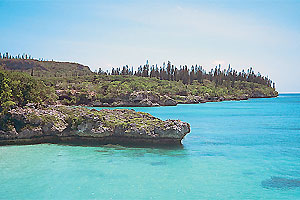The origins of our world
According to the theory of «Continental Drift», which was presented in 1921 by the German meteorologist Alfred Lothar Wegener, the continents were originally joined and formed a single mass which he named «Pangaea» (A Greek word meaning «all earth»).
This mass remained whole until the Permian period (250 million years ago), when it began to break up, eventually leaving two great continents: Laurasia in the north and Gondwana in the south. South America was thus joined to Africa, which in turn, was joined to other continental areas. Later, the separation of the continents continued, causing oceans to form between them.
The earth in facts
Equatorial radius: 6,378.188 km
Polar radius: 6,356.784 km
Mean radius: 6,371 km
Mass: 5.976 x 1027 g
Volume: 1.083 x 1027 cm3
Percentage of emerged land (continents): 29% of the Earth’s total surface area.
Percentage of oceans and seas: 71% of the total surface area.
Highest point: 8,846 m (Mount Everest)
Lowest point on land: -397m (below sea level)
Deepest point in the ocean: -11,034 m
Duration of each rotation: (movement on its axis): 23 hours, 56 minutes and 4 seconds.
Duration of the Earth’s orbit (movement around the Sun): 365 days, 6 hours, 9 minutes and 9 seconds








